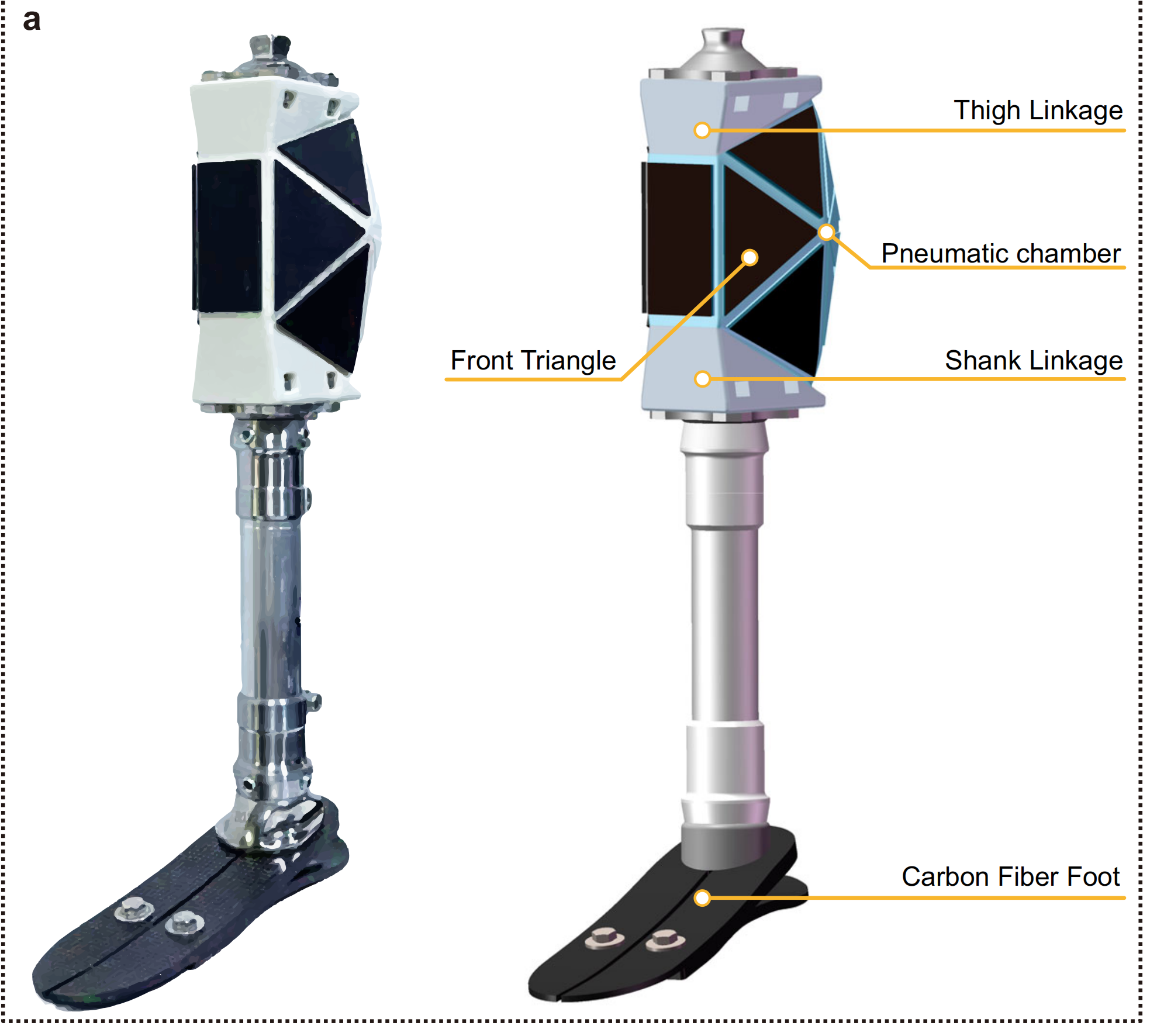Tongjiyan Irrigation System Remains Active after 1000 Years

A view of Tongjiyan Irrigation System. (PHOTO:VCG)
By BI Weizi
Tongjiyan Irrigation System (Tongjiyan), located at Lishui city, Zhejiang province and built in 505 AD, is one of the oldest large-scale water conservancy projects in China. The entire irrigation system, together with its inscriptions, is a precious source for studying ancient water conservancy projects.
Tongjiyan consists of an arch dam, canal systems, water gates, aqueduct, and ponds. The dam, which is 275 meters long, 25 meters wide and 2.5 meters high, dammed up the Songyinxi River 1.2 km upstream from its confluence into the Oujiang River, and allocated water by gates into the canal systems and fields in the Bihu plain. The upstream of the dam collects rainfall over an area of about 3150 square kilometers, diverting about 200,000 cubic meters of water into canals every day, irrigating more than 40,000 mu (one mu approximates 666.7 square meters) of grain fields throughout the south-central Bihu Plain.
The canal system is composed of three parts: the main canal, branch canals and sublateral canals. The main canal is 22.5 kilometers long, with 48 branch canals, 321 sublateral canals, 72 sluice gates of different sizes, and many lakes and ponds dug to store water, thus forming a bamboo-like irrigation system that mainly serves the purpose of irrigation while storing and diverting water when necessary.
The Zhejiang Bihu Plain is high in the southwest and low in the northeast, with a drop of 20 meters. Tongjiyan was built according to this topography, therefore realizing self flow irrigation, which works by taking advantage of water's ability to find the path of least resistance.
Tongjiyan was approved by the State Council to be included in the list of national key cultural relics protection units, and selected as a World Heritage Irrigation Structure in 2001 and 2014 respectively.







